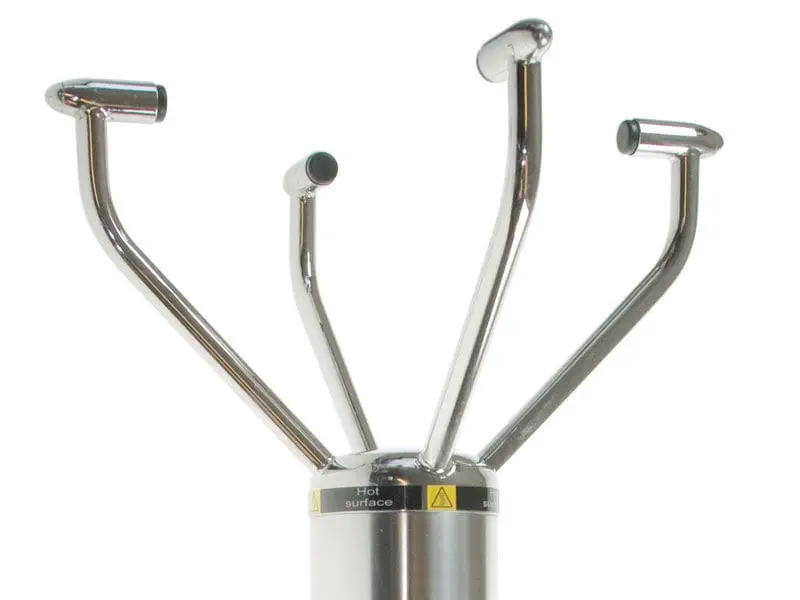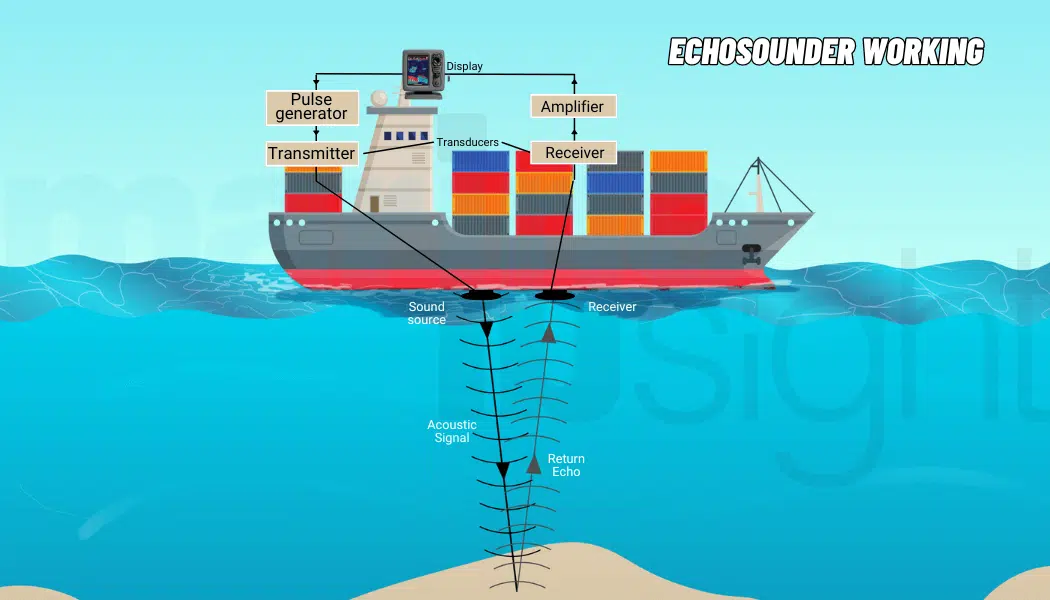Maritime Anemometer: Technical Analysis of True Wind, Relative Wind, and Ultrasonic Applications

Precise measurement of meteorological factors: Converting relative wind data into a true wind vector to optimize voyage and control maneuvering.
1. Introduction: The Profound Impact of Meteorology on Maritime Navigation
Wind is one of the factors that most strongly influences the safety, maneuvering, and fuel efficiency of a vessel. The Anemometer is an essential measuring instrument that provides input data for vessel control, especially in systems requiring high precision such as Dynamic Positioning (DP). This article focuses on the difference between True Wind and Relative Wind, the operating principle of advanced ultrasonic technology, and the role of wind data in managing vessel operations.
2. Wind Vector Analysis: True Wind and Relative Wind
The Anemometer on a vessel always measures Relative Wind. This data must be converted into True Wind for planning and maneuvering.
2.1. Relative Wind ()
- Definition: The speed and direction of the wind as perceived by the moving vessel.
- Measurement: Directly measured by the Anemometer, referenced to the vessel's fore-aft axis (Relative Bearing).
2.2. True Wind ()
- Definition: The speed and direction of the wind relative to the ground (or stationary water surface).
- Vector Calculation: True Wind is calculated using vector addition, combining the Relative Wind and the Ship's Velocity Vector ( - typically SOG, derived from GNSS/Speed Log):
- **Importance:** The **True Wind Vector** is essential for the officer to accurately assess weather patterns and make course alteration decisions to optimize the voyage.
---
## 3. Measurement Technology: From Mechanical to Ultrasonic
The choice of Anemometer technology affects reliability and maintenance frequency.
### 3.1. Mechanical Anemometers
Use cups and a vane.
- **Challenges:** They have **moving parts**, are susceptible to wear, freezing, and have **inertia**, reducing their ability to respond quickly to sudden wind shifts.
### 3.2. Ultrasonic Anemometers
This is advanced technology, popular in professional maritime applications.
- **Principle:** Uses pairs of **Ultrasonic Transducers**. The **Time of Flight (TOF)** of the ultrasonic pulse changes depending on the speed of the wind blowing across it.
- **Advantages:**
- **No Moving Parts:** Eliminates wear, freezing, and inertia. Allows for high-frequency, **real-time** measurement.
- **High Accuracy:** Precisely measures both speed and direction, ideal for **DP systems** requiring stable wind data.
---
## 4. Installation Location and Error Correction
The accuracy of wind data is severely affected by the installation location.
### 4.1. Mounting Error
- **Physical Issue:** The ship's superstructure creates air **turbulence** and the **Venturi effect** (local wind speed acceleration). The installation location must be carefully chosen, away from large obstructions.
- **Correction:** Advanced Anemometer systems use a programmed **Correction Model** to compensate for errors caused by wind flow distortion from the ship's structure.
### 4.2. Data Integration and INS
True wind data is a crucial input for the following systems:
- **Dynamic Positioning (DP):** Wind data is the most critical sensor for the DP system to calculate the necessary thrust to counteract environmental forces.
- **Energy Management Systems:** True wind data helps systems adjust the course to minimize wind resistance, optimizing fuel consumption.
---
## 5. Standards and Equipment Selection
Professional maritime Anemometers must comply with meteorological measurement standards and be compatible with bridge systems (e.g., NMEA 0183/2000). Wheelhouse provides reliable wind sensor solutions, especially **Ultrasonic** units from manufacturers like **Furuno** and **JRC**, ensuring output data integrity and fast response, essential for complex maneuvering operations.
**To learn more about Anemometer technologies, anti-interference installation solutions, and the role of wind data in vessel performance management, please visit our [Solutions](/solutions) page.**


